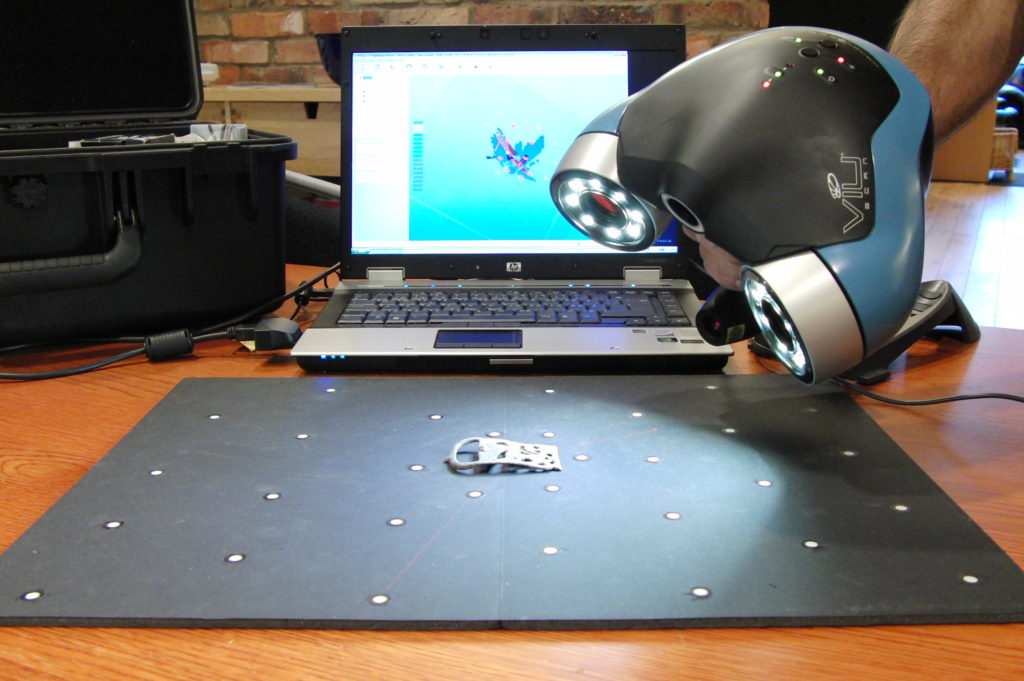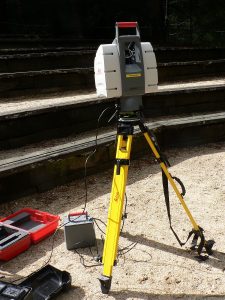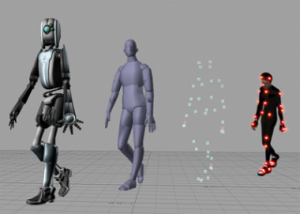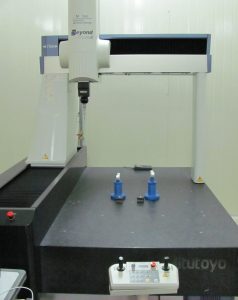This process allows to scan and create digital model of real-life objects. For its proven fruitfulness, this technology was adopted in different sectors.

Image source:
https://commons.wikimedia.org/wiki/File:VIUscan_handheld_3D_scanner_in_use.jpg Author: Creative Tools
What Is 3D Scanning?
3D scanning is the process of collecting data and probing an object or environment, to replicate the shape and the appearance in a digital 3D model. The scanning process can be based on different technologies, each with its pros or cons. Anyway the faithful of the model depends on the kind of object. This technology is noteworthy for its variety of applications. One example is the usage in the entertainment industry, especially in the production of movies, video games, or virtual reality. Other applications include augmented reality, robotic mapping, reverse engineering and prototyping, industrial design, and archaeological digitalization of important artifacts.

Image source:
https://commons.wikimedia.org/wiki/File:Lidar_P1270901.jpg Author:David Monniaux
3D Scanning Process
The collection of data is followed by 3D modeling. The digital “reconstruction” of the object is based on a sample built from a point cloud. If the scanner is able to collect colour information at each point, then the colours on the surface of the can also be determined. 3D scanners indeed have several traits in common with cameras: they have a cone-like field of view, and can only collect information about surfaces that are not obscured. The information collected by a 3D scanner describes the distance to a surface at each point. For this reason, usually are required several scanners one for each side. Of course, these scans have to be brought into a common reference system, a process known as alignment or registration.

Image source:
https://en.wikipedia.org/wiki/3D_scanning#/media/File:Activemarker2.PNG
Scanning Technology

There are different technologies for 3D scanning, usually divided into contact and non-contact, in turn divided into active and passive. Contact scanners technology is based on physical touch, while the object is in contact a precision flat surface plate. If necessary, the object is supported and held by a fixture. A CMM or coordinate measuring machine is based on contact scanning technology. Non-contact active scanners emit radiation or light and detect its reflection or radiation passing through objects to probe the environment. Emissions can include ultrasound, x-ray, or just light. The time-of-flight scanner is an active scanner that emits laser light to detect the reflection and scan the object. Lastly, non-contact passive scanners do not emit radiation but are able to detect the reflected ambient radiation. This technology uses visible light or other types of radiation, such as infrared. The advantage of this technology is the low cost of the device: in most cases, a camera is enough. Photogrammetry systems collect data based on the analysis of photographic images and create a mosaic from these images.
Image source:
https://commons.wikimedia.org/wiki/File:Beyond_CrystaC.jpg Author:Blue tooth7
A Wide Application
3D scanning is widely used in different fields, due to its efficiency and variability. Different technologies are suitable for different needs. Civil engineering adopted this technology in robotic control, quality control and other types of automation. 3D scanning was also implemented in the design, increasing the general precision of the design process and in entertainment technology, to quickly create a digital model starting from real objects. It is used inn law enforcement to investigate scenes of crime and bullet trajectories; even archaeologists adopted 3D scanning to probe historical sites.

Image source:
https://newscenter.lbl.gov/2008/12/22/humanitiesnersc/
Info source:
https://en.wikipedia.org/wiki/3D_scanning#Contact
https://www.laserdesign.com/what-is-3d-scanning
https://www.artec3d.com/learning-center/what-are-3d-scanners-used-for
video suorce: https://youtu.be/1ZBvzKsnh40
